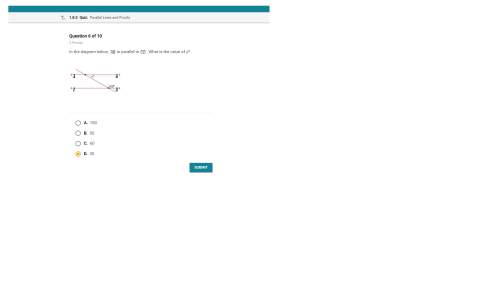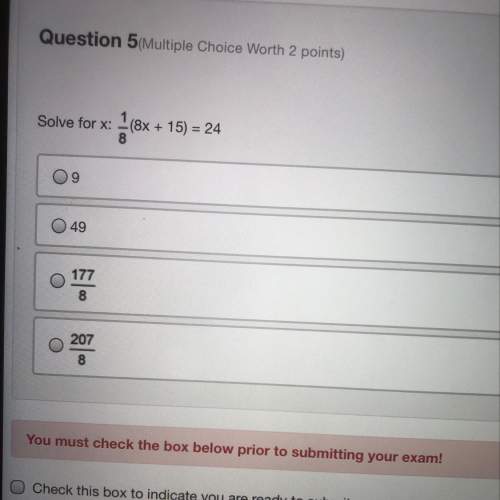
Mathematics, 06.08.2021 21:00 jewlbug4358
An experimenter suspects that a certain die is "loaded;" that is, the chances that the die lands on different faces are not all equal. Recall that dice are made with the sum of the numbers of spots on opposite sides equal to 7: 1 and 6 are opposite each other, 2 and 5 are opposite each other, and 3 and 4 are opposite each other.
The experimenter decides to test the null hypothesis that the die is fair against the alternative hypothesis that it is not fair, using the following test. The die will be rolled 30 times, independently. If the die lands with one spot showing 9 times or more, or 0 times, the null hypothesis will be rejected.
Required:
a. The significance level of this test is
b. The power of this test against the alternative hypothesis that the chance the die lands with one spot showing is 14.45%, the chance the die lands with six spots showing is 18.88%, and the chances the die lands with two, three, four, or five spots showing each equal 1/6, is
c. The power of this test against the alternative hypothesis that the chance the die lands with two spots showing is 18.65%, the chance the die lands with five spots showing is 14.68%, and the chances the die lands with one, three, four, or six spots showing each equal 1/6, is

Answers: 2


Other questions on the subject: Mathematics


Mathematics, 21.06.2019 22:00, sascsl2743
Determine if the equation defines y as a function of x: 2xy = 1. yes o no
Answers: 2

You know the right answer?
An experimenter suspects that a certain die is "loaded;" that is, the chances that the die lands on...
Questions in other subjects:

Mathematics, 13.10.2019 08:50


Mathematics, 13.10.2019 08:50




History, 13.10.2019 08:50


Mathematics, 13.10.2019 08:50

Mathematics, 13.10.2019 08:50





